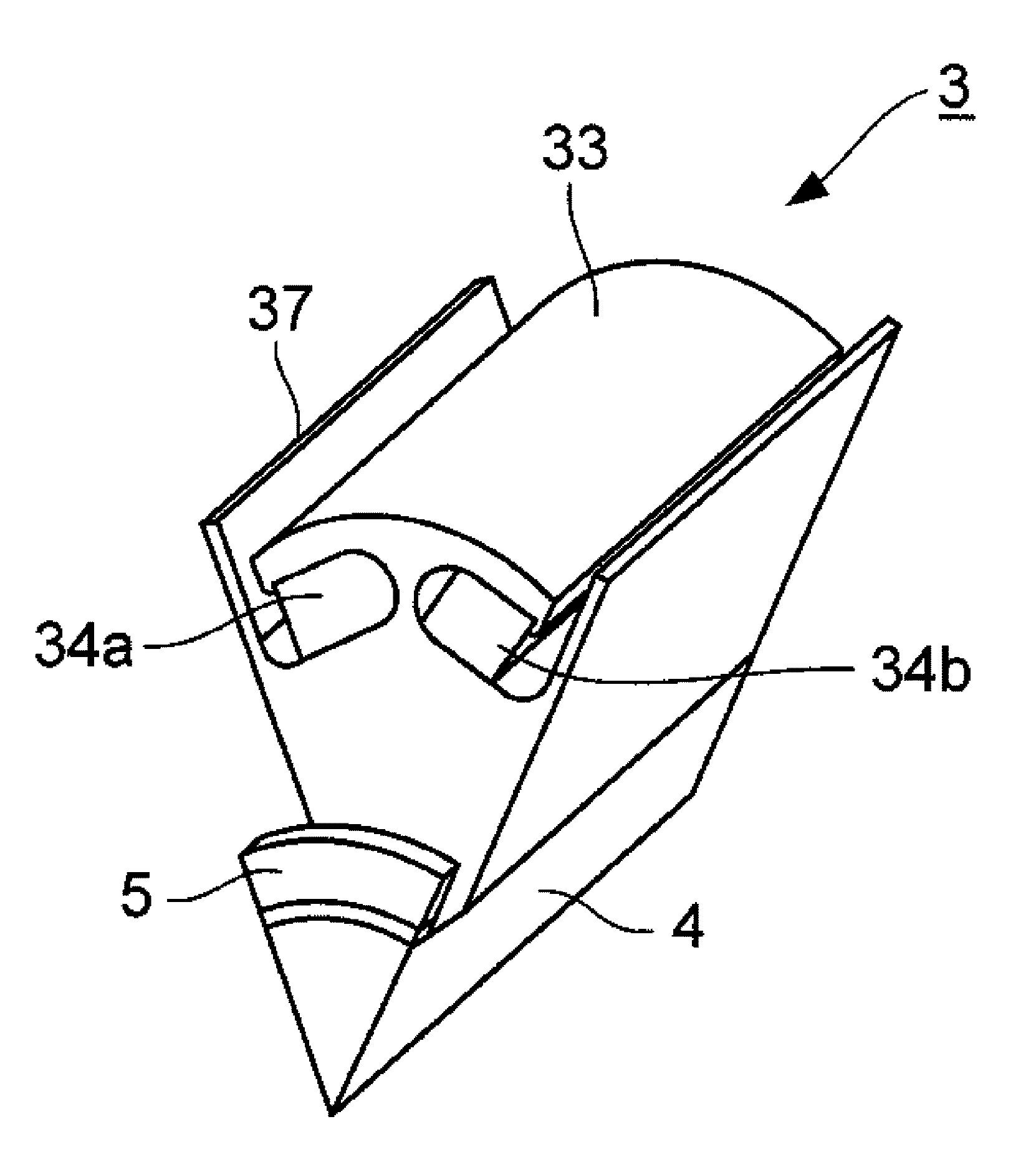Permanent magnet embedded rotating electrical machine
a permanent magnet and rotating electrical machine technology, applied in the direction of dynamo-electric machines, magnetic circuit rotating parts, magnetic circuit shape/form/construction, etc., can solve the problems of troublesome management of the members and dies, increased design burden, and greatly limited rotation speed or torque of the rotating electrical machine, so as to reduce leakage magnetic flux, increase the strength of the rotor when rotating, and avoid the effect of affecting the design
- Summary
- Abstract
- Description
- Claims
- Application Information
AI Technical Summary
Benefits of technology
Problems solved by technology
Method used
Image
Examples
Embodiment Construction
[0034]Hereafter, while referring to the drawings, an embodiment of the disclosure will be described.
[0035]FIG. 1 is a longitudinal sectional view of an overall configuration of a permanent magnet embedded rotating electrical machine, which is an embodiment of the disclosure. In FIG. 1, a frame 1 is a housing that covers the whole of a permanent magnet embedded rotating electrical machine, and is configured of iron, aluminum, stainless steel, or the like. A fixed side iron core 2 of a hollow cylindrical form is provided on an inner side of the frame 1. The fixed side iron core 2 is formed by stacking silicon steel plates. A hole is provided in the fixed side iron core 2, and a stator winding formed of copper wire or the like is inserted through the hole (omitted from the drawing). A rotor 3, which is a rotating side iron core, is inserted on an inner side of the fixed side iron core 2 in a state sandwiching a predetermined gap between the rotor 3 and the fixed side iron core 2. The r...
PUM
 Login to View More
Login to View More Abstract
Description
Claims
Application Information
 Login to View More
Login to View More - R&D
- Intellectual Property
- Life Sciences
- Materials
- Tech Scout
- Unparalleled Data Quality
- Higher Quality Content
- 60% Fewer Hallucinations
Browse by: Latest US Patents, China's latest patents, Technical Efficacy Thesaurus, Application Domain, Technology Topic, Popular Technical Reports.
© 2025 PatSnap. All rights reserved.Legal|Privacy policy|Modern Slavery Act Transparency Statement|Sitemap|About US| Contact US: help@patsnap.com



